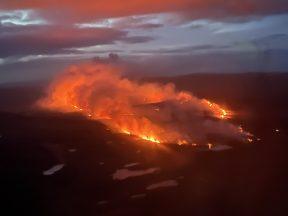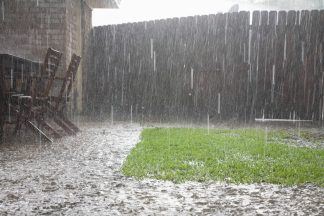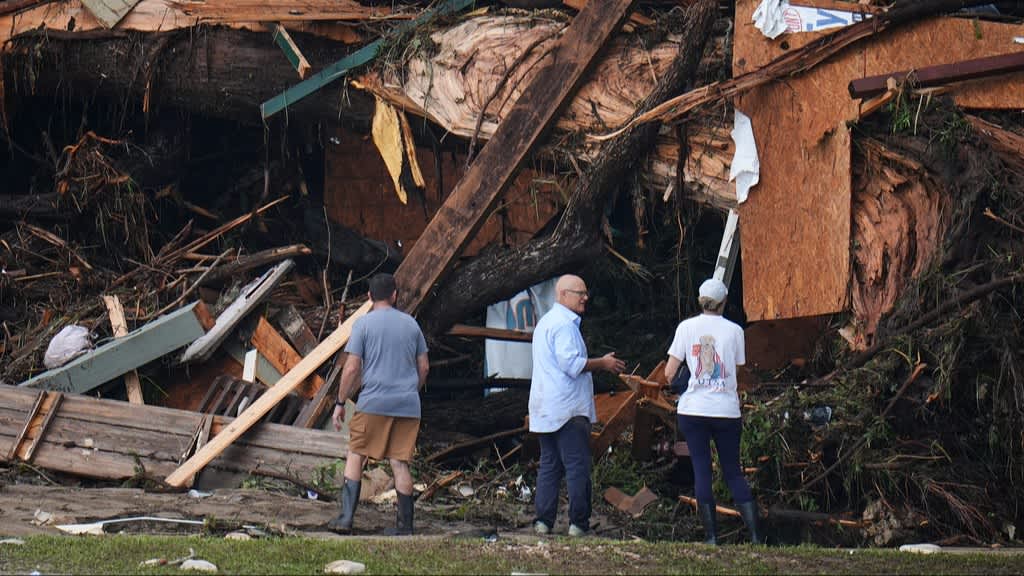Boys as young as 13 are increasingly becoming victims of crimes of sexual extortion, or “sextortion”, Police Scotland report.
The crimes typically involve victims being manipulated or coerced into sending explicit photos and videos to others online.
They are often blackmailed into paying to make sure the images are not made public.
In Police Scotland’s latest report, a rise in the number of cases across multiple different local authorities has been identified.
The report said crimes of a sexual nature accounted for the majority of all extortion reports
In Renfrewshire and Inverclyde Division 32 out of 36 crimes analysed related to sexual extortion.
Instagram was the social media platform most commonly used by suspects to make initial contact with complainers (12 crimes, 38%).
This was followed by Snapchat, which was mentioned as the initial contact platform in eight crimes (25%).
The Lothians and Scottish Borders Division review also found the majority of their threats and extortion crimes related to sextortion were motivated by financial gain.
In the Ayrshire Division 76 of 80 threats and extortions recorded last year related to the sharing of indecent images and in Dumfries and Galloway Division, 16 threats and extortion crimes were analysed of which all but one related to sextortion.
The report also revealed the most likely victim was young males with all but one victim in Renfrewshire and Inverclyde being male with an average age of 27.
However, in other parts of Scotland the victims were typically much younger with the Lothians and Scottish Borders reporting the majority of victims to be male between 13 to 18 years old.
In the Ayrshire Division victims were most likely to be males in the 14-23 age range while victims in Dumfries and Galloway Division were all between the age of 16 and 20 years old and all male.
In the Highlands and Islands Division victims are primarily young males under 18, or 18 to 24 years old, age categories.
The Police Scotland report stated: “Local Preventions and Interventions Officers have been conducting educational visits to schools, colleges and the university to try to raise awareness of the issue. Leaflet drops in local pubs as well as social media posts have also been done.
“In most cases the offender of this type of crime is likely to be outside the UK. This makes these crimes very difficult to detect. Of Renfrewshire and Inverclyde Division’s 36 crimes analysed, only two were able to be detected and both of those related to “offline” crimes in which threats were made either directly or in handwritten notes.
“The majority of these crimes do not tend to lead to financial harm. In Renfrewshire and Inverclyde Division approximately 40% of victims sent money or vouchers to suspects. In Ayrshire Division almost two-thirds (67.5%) of crimes resulted in no financial loss and eleven of Dumfries and Galloway Division’s sixteen crimes led to no financial loss.
“It should be noted, however, that other forms of significant harm can occur from the unwanted sharing/threat of unwanted sharing of personal images.”
Follow STV News on WhatsApp
Scan the QR code on your mobile device for all the latest news from around the country


 PA Media
PA Media




















